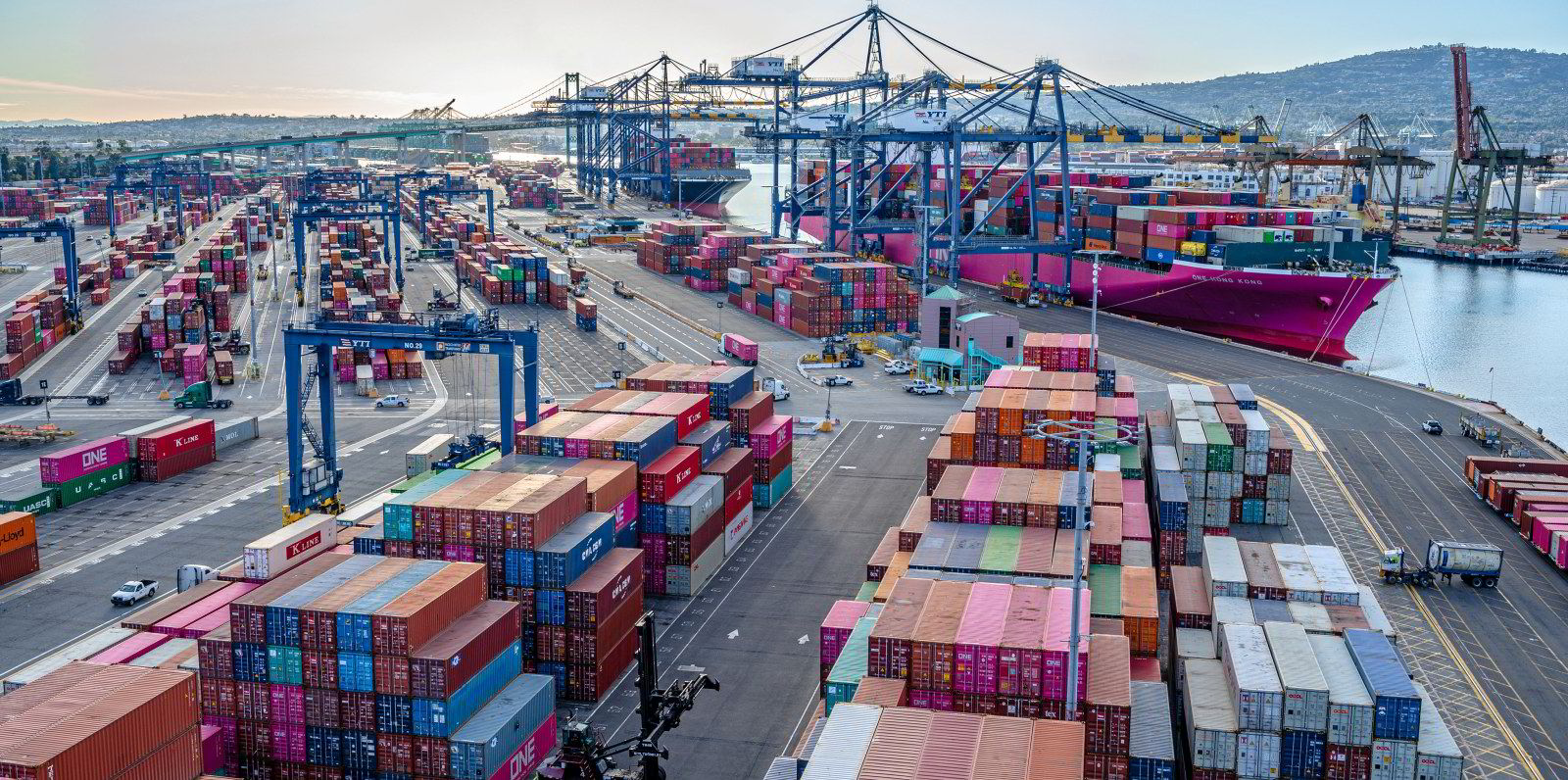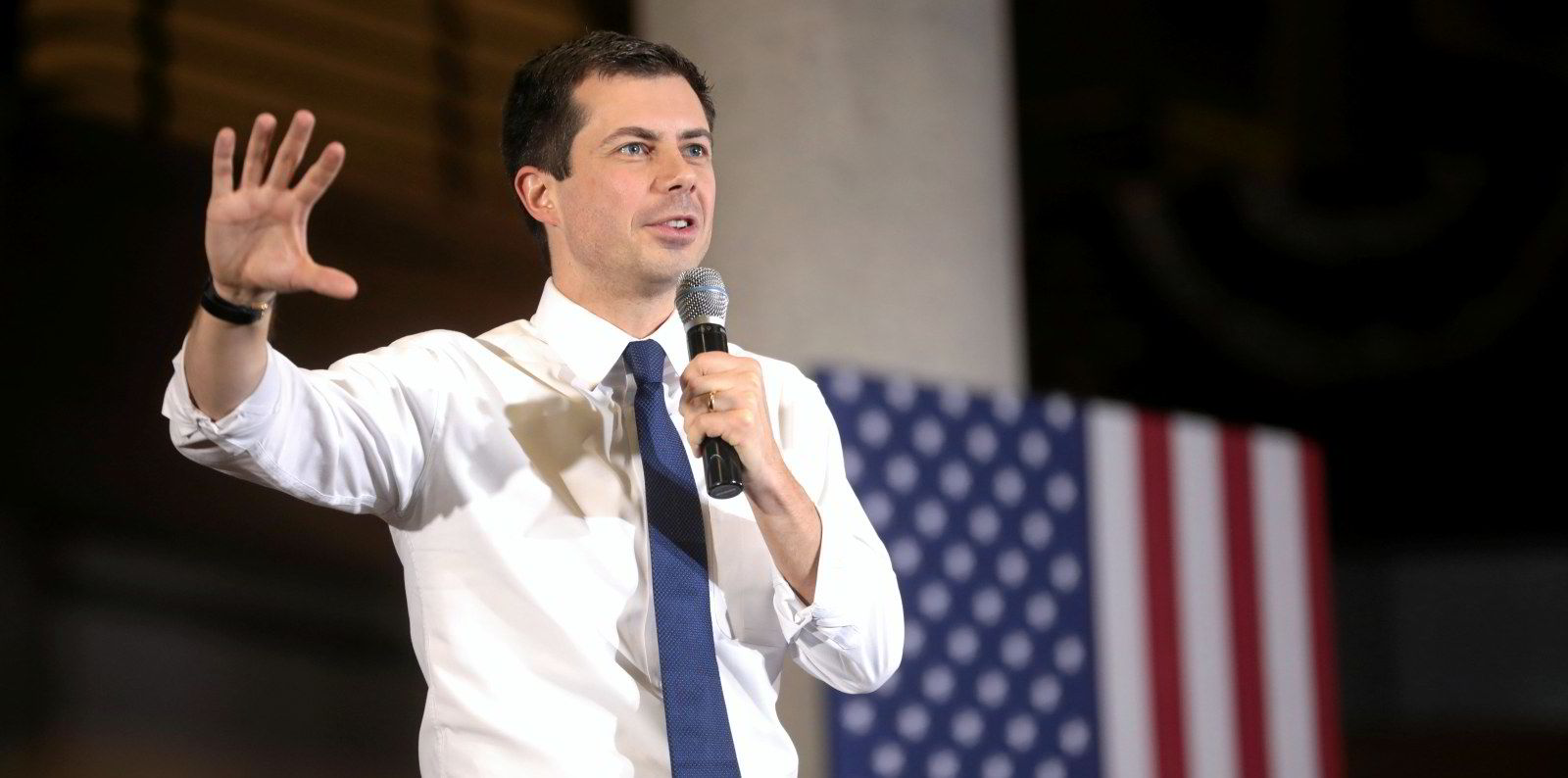Federal spending of billions of dollars on US seaports is a positive step toward ending container backups, but money alone won’t solve the problem, said the head of the American Association of Port Authorities (AAPA).
The White House must come up with a long-term strategy on container handling to prevent endless logjam of boxes and ships at the nation’s major ports, said chief executive Chris Connor.
“Part of our job for the long term is to convince Congress that we should really look at this much more strategically — think long-term,” he told TradeWinds.
“Five-year funding is great but we should think beyond that and look upon our port system as a national economic treasure that is really important to the overall economy.”
The US government has allocated $5.25bn over the next five years to upgrading US seaports out of $17bn set aside for ports and waterway spending as part of its $1.2trn budget on infrastructure.
“It’s epic, even though it’s a fraction of a percentage of the total infrastructure bill of a trillion dollars or more,” he said.
“It’s a great start but we’ve got to convince Congress that we need to look out over the horizon and have a longer-term strategic plan, knowing that trade activity is going to increase and that we need to have a resilient enough system.”
He acknowledged that federal spending over the next five years on seaports is quadruple what it has been in past years, but it’s still not nearly enough to serve long-term needs.
“There’s a constant need of a billion or a billion and a half or more a year just in infrastructure improvements,” he said.
“And then to make a shift on the energy side to get away from fossil fuels, you’re talking a major investment of upwards of $50bn.”

Aside from money, a long-term strategy needs to include running ports on a 24-7 schedule and sharing of digitalised data among dockworkers, ships and cargo owners, he said.
“I think that could be a powerful thing,” he said.
The AAPA has asked for more money and long-term planning for years, but it took a pandemic to break the supply chain and get the White House’s full attention, he said.
“The pandemic did not create the underlying weaknesses in the system, but it definitely put them out there for everybody to see,” he said.
Connor testified before Congress on 19 January to stress how important US seaports are to the country’s economy and defence.
America’s seaports spend $31bn in port infrastructure every year, but much more funding and better planning are essential to ensuring that the ports can handle future demand, according to AAPA.
The Port of Los Angeles, the nation’s largest seaport, said it handled 10.7m teu of containers last year, breaking the 2020 record by 13% and moving the most boxed cargo of any port in the Western Hemisphere.
“This is a historic time for us and a huge opportunity for the US port industry to get the kind of funding we need,” Connor told TradeWinds.






